Optical Microscopy
Our roots run deep in classical petrography, which is the branch of geology that deals with the systematic description of rocks and minerals. Optical microscopes, which manipulate photons to produce the images that inform our understanding of the performance of a material, serve as the foundation of our work. DRP houses a full complement of Nikon microscopes for stereomicroscopy, transmitted light microscopy and air void analyses.
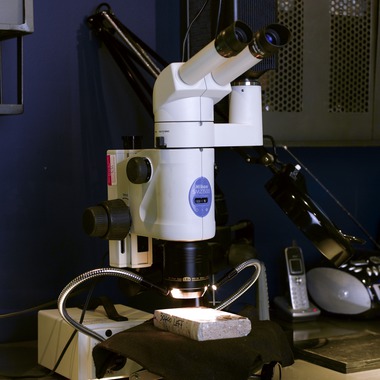
The stereomicroscope is central to the concrete petrographer.
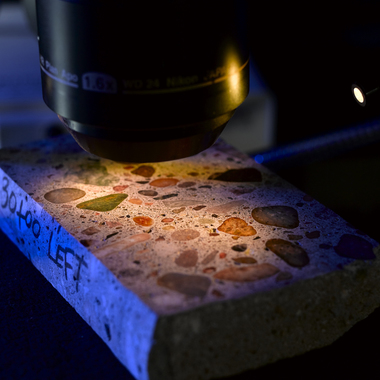
The polished slab serves as the cornerstone for most petrographic studies. This allows us to examine the full depth of various construction elements.
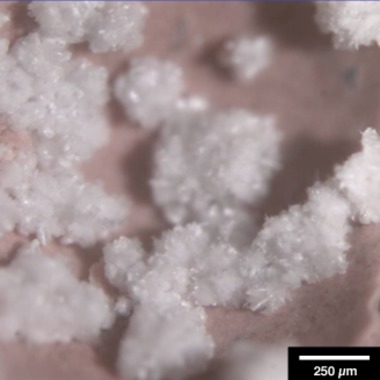
An example of an image from the stereomicroscope. Rosettes of ettringite in an air void in pigmented concrete.
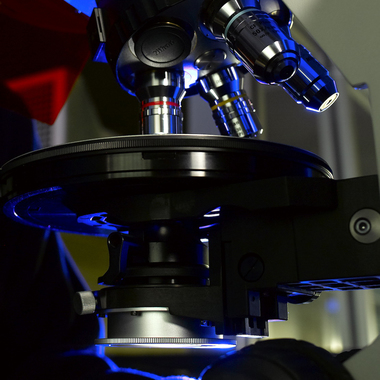
The petrograpic microscope is another key component in the arsenal of the concrete petrographer.
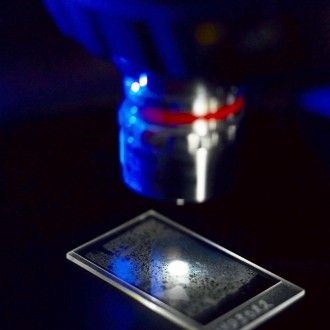
Thin sections are central to obtaining detailed information regarding the hydration of cementitious materials and the identification of secondary deposits.

An example of a cross-polarized transmitted light image from the petrographic microscope. The red arrows indicate coarse crystals of portlandite in a concrete with high w/cm.
Questions? We have answers. Contact us.
Give us a call at 303.938.0166 to get your project rolling.
